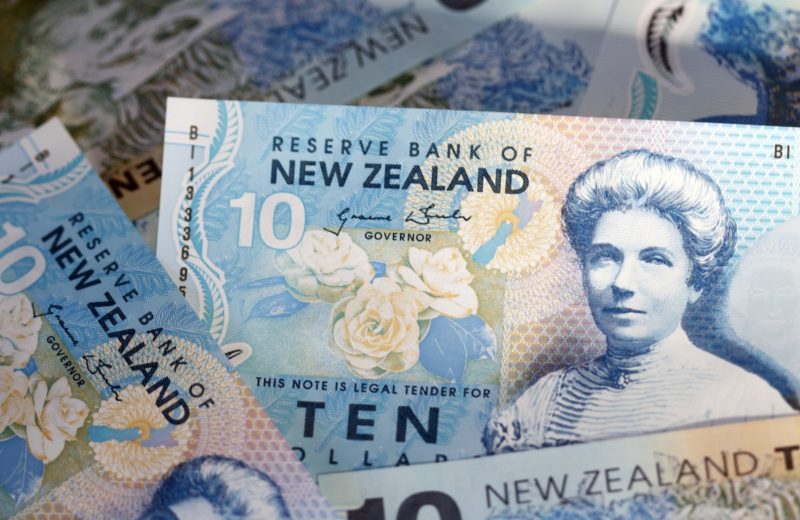United States jobs data showed job growth slowed further in August. Thus, on Monday, the U.S. dollar steadied in holiday-thinned trade. Meanwhile, traders shifted their focus to the meeting of the European Central Bank on Thursday.
On Friday, the United States Labor Department showed that United States employment growth slowed. Moreover, permanent job losses increased. It is because government funding started to run out. Thus, it raised doubts about the sustainability of the recovery of the economy. Still, the jobless rate decreased from 10.2% to 8.4% in July.
Against a basket of six major currencies on safe-haven buying, in the immediate aftermath, the dollar rallied to its highest in a week at 93.242. Nevertheless, later it retraced its gains because United stock indexes recovered.
Masafumi Yamamito works at Mizohu Securities. He is a chief currency strategist there. Yamamito said that the job data that showed a rise in the United States Treasury yields and a decline in the unemployment rate supports the U.S. dollar today.
United States
Nevertheless, what weighs on the currency is a massive drop in United States stocks.
After five consecutive weeks of gains, the S&P 500 fell 2.3% last week.
On Monday, the U.S. dollar index was little changed at 92.895. United States financial markets will not work for the Labor Day holiday. Thus, foreign exchange trading will be subdued.
On Friday, Federal Reserve chair Jerome Powell said that the central bank plans to keep the U.S. rates lower for longer. Thus, after that, the broader sentiment on the U.S. dollar remained a week.
Powell said that they think economies will need low-interest rates. It will support economic activity for a more extended period. Years will measure it.
Last week, there was a sharp decline in the U.S. stocks. Thus, some traders were prompted to adjust their positions on the U.S. dollar.














